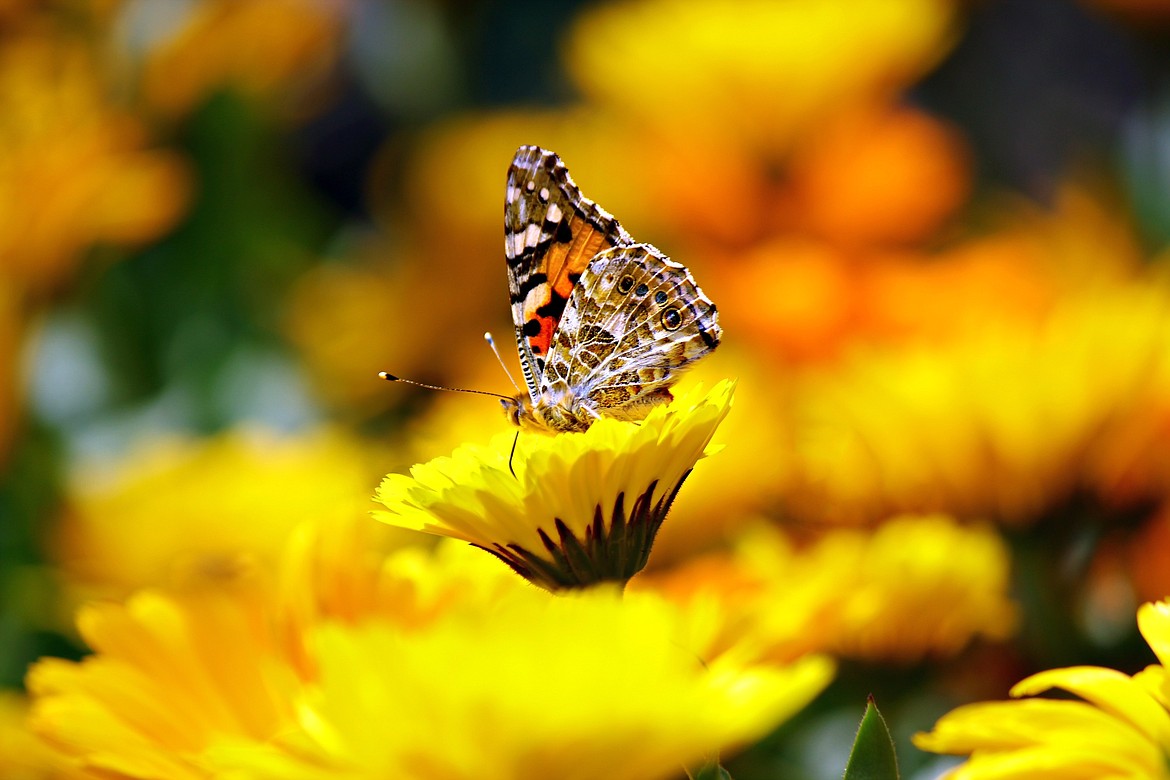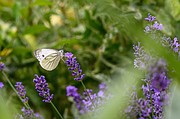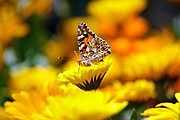Special consideration needed for butterfly gardens
Everyone loves butterflies and enjoys having them visit their flower gardens. Many people purposely plant fragrant and colorful annuals and perennials to lure these lovely creatures, and call the results “butterfly gardens,” but there’s much more to it than that.
First of all, a butterfly garden must be just that; not a bird garden or other combination, since many birds feast on butterflies. So do spiders, toads and dragonflies. Too, people seem to forget that butterflies come from caterpillars, and that those often unlovely critters need to eat to become the beloved “winged flowers.”
Consideration must be made, then, for protection and food for these lepidoptera from caterpillar to chrysalis to butterfly.
A garden site away from bird feeders is a good start. Too, consider places out of wind, too-bright sun and/or heavy rain — dappled shade from overhanging tree branches is good — and of course, there must be no possibility of any pesticide residue. Sprays or chemical or organic, cannot be used in a butterfly garden.
Remember, if you kill the larvae you kill the butterfly. Of course there must be chewable plants for the caterpillars, (generally the leaves and flowers of the plants they were born on), nectar-producing colorful flowers for the butterflies and water for both.
Don’t make the mistake of thinking a nearby birdbath or pool will work, because butterflies don’t drink per se, they extract moisture, called “puddling.”
Damp sand and pebbles work nicely in combination, perhaps offered in a shallow container. The minerals within the sandy soil also benefit the butterflies, replacing those lost in their constant flying/foraging for nectar.
Eggs are laid on the underside of leaves on the chosen plant, hatch into voracious caterpillars that must eat for the strength to finally spin a silken web about itself that will harden into the dormant-stage chrysalis.
After about two weeks the hard shell splits and the butterfly emerges to sit and dry its wings for flight and the ensuing search for nourishment.
Our pictured Lobelia is a wonderful flower for a butterfly garden.
Others are anise hyssop, lupine, bee balm (bergamot), viburnum and umbellifers like dill, Valerian and sweet Cecily. Too, a variety of small shrubs like butterfly
bush, lavender, Joe Pye weed, and dogwood, as well as trees like willow, aspen, birch and Rocky mountain maple provide sustenance.
Ornamental cherry and crab apple are also beloved of butterflies and their “babies” along with both climbing and bush honeysuckle.
In keeping with our warning about bird-proofing, don’t plant bushes that produce berries that would draw them, and keep the bird-bath over by the feeding stations.
Butterflies do have the advantage of camouflage, and while seeming very evident to our eyes, somehow fool many birds and other enemies by their various positions and wing-pattern. We can help as best we can with our initial planning, and enjoy the beauty of these lovely quiet visitors that enhance our lives.
The Xerces Society of the Smithsonian Institution has created a lovely and very helpful book, “Butterfly Gardening.” Published by Sierra Club Books in San Francisco in association with the National Wildlife Federation, its number is: ISBN 0-87156-615-X.
(Editor’s note: For many years, Valle Novak has written gardening and cooking columns for the Daily Bee. “Weekend Gardener” and “Country Chef” became renowned for their humor, information and common sense advice on how to do everything from planting to cooking. While she recently retired, she has shared a number of columns to delight her many fans. This is one such columns which ran in on Nov. 27, 2011.)







